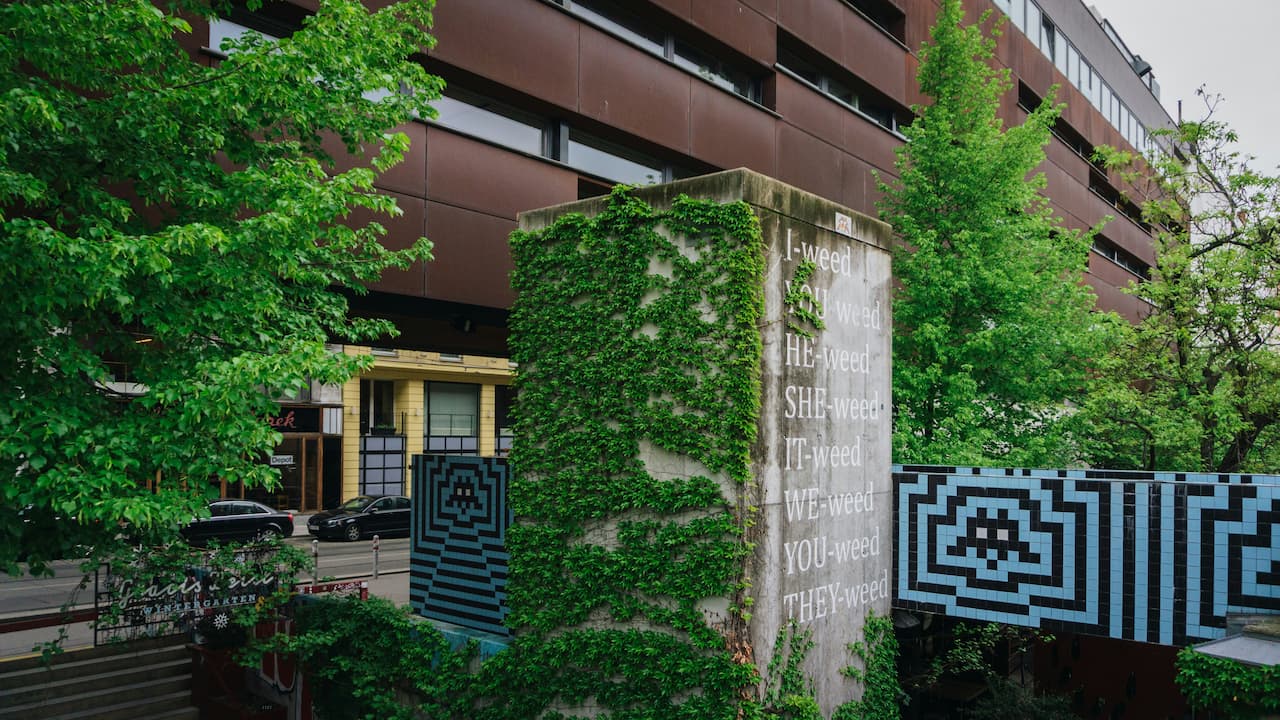The Rise of Urban Green Spaces: How Cities Are Transforming for Better Health and Wellbeing

In recent years, urban green spaces have become increasingly important as cities strive to improve the quality of life for their residents. These areas, which include parks, gardens, green rooftops, and community greenways, offer far more than just aesthetic appeal. They are crucial for enhancing public health, fostering community connections, and promoting environmental sustainability. As urban areas continue to expand, the integration of green spaces is becoming essential for creating healthier, more vibrant cities.
Benefits of Urban Green Spaces
1. Improved Public Health
Urban green spaces are known to offer numerous health benefits. Regular exposure to natural environments has been linked to lower levels of stress, anxiety, and depression. Parks and recreational areas encourage physical activity, which is vital for cardiovascular health, weight management, and overall fitness. Studies have shown that people living near green spaces are more likely to engage in outdoor activities, which contributes to better physical health and mental wellbeing.
2. Enhanced Air Quality
The presence of trees and plants in urban areas plays a crucial role in improving air quality. Plants absorb pollutants such as carbon dioxide, sulfur dioxide, and particulate matter, while releasing oxygen into the atmosphere. Urban green spaces help to filter out harmful pollutants, providing cleaner air and mitigating the effects of urban pollution. This is especially important in cities where air quality can be significantly compromised by traffic and industrial activities.
3. Climate Regulation
Urban heat islands—areas that experience significantly higher temperatures than their rural surroundings—are a common issue in densely populated cities. Green spaces help mitigate this effect by providing shade and cooling the surrounding environment through a process called evapotranspiration. Green roofs, community gardens, and trees strategically planted along streets and in public spaces can help regulate urban temperatures and reduce the need for air conditioning, which in turn lowers energy consumption and greenhouse gas emissions.
4. Community Building
Green spaces serve as social hubs where residents can gather, interact, and build relationships. Parks, community gardens, and recreational areas offer venues for social events, cultural activities, and neighborhood gatherings. These spaces foster a sense of community and belonging, encouraging social cohesion and improving the overall quality of life for residents. By providing a common ground for diverse groups of people, green spaces help strengthen community bonds and support local engagement.
5. Biodiversity Conservation
Urban green spaces are vital for supporting local biodiversity. They provide habitats for a variety of plant and animal species, contributing to ecological balance and enhancing urban ecosystems. Community gardens, green rooftops, and natural reserves within cities can support native species, promote pollinator health, and provide opportunities for urban wildlife to thrive. This biodiversity is essential for maintaining healthy ecosystems and ensuring the sustainability of urban environments.
6. Economic Benefits
The presence of well-maintained green spaces can have positive economic impacts on urban areas. Parks and green spaces enhance property values, attract businesses, and boost local economies. Areas with accessible green spaces are often more desirable places to live, which can increase demand for real estate and drive investment. Additionally, green spaces can stimulate tourism and create job opportunities related to park maintenance, landscaping, and environmental education.
Examples of Successful Urban Green Space Projects
1. High Line, New York City
The High Line is a prime example of how urban infrastructure can be repurposed to create vibrant public spaces. Built on a former elevated railway track, the High Line offers lush gardens, art installations, and panoramic views of the city. This innovative project has transformed a neglected area into a popular destination for residents and tourists alike, showcasing how creative design can breathe new life into urban spaces.
2. The 606, Chicago
The 606 is an elevated trail that connects several neighborhoods in Chicago, providing a continuous green corridor for walking, biking, and community events. This project incorporates parks, trails, and public art, creating a dynamic space that encourages physical activity and fosters community interaction. The 606 serves as an example of how urban green spaces can integrate multiple functions and enhance connectivity across city neighborhoods.
3. Singapore’s Gardens by the Bay
Gardens by the Bay is a groundbreaking project that features futuristic garden structures, including the iconic Supertree Grove and climate-controlled domes. This ambitious development demonstrates how technology and environmental sustainability can be combined to create a unique urban oasis. Gardens by the Bay not only provides recreational opportunities but also serves as an educational center for visitors to learn about environmental conservation and innovation.
4. Melbourne’s Royal Botanic Gardens
The Royal Botanic Gardens in Melbourne is a vast green space that offers a diverse range of plant collections, lakes, and walking paths. It serves as a major cultural and recreational destination, hosting various events, educational programs, and community activities. The gardens contribute to the city’s ecological health and provide a tranquil retreat for residents and visitors.
Conclusion
Urban green spaces are more than just aesthetic enhancements; they are integral to creating healthier, more sustainable, and connected cities. By improving public health, enhancing air quality, regulating climate, fostering community ties, supporting biodiversity, and providing economic benefits, these areas play a crucial role in urban planning. As cities continue to grow, prioritizing the development and maintenance of green spaces will be essential for ensuring that urban environments remain livable and vibrant for future generations.